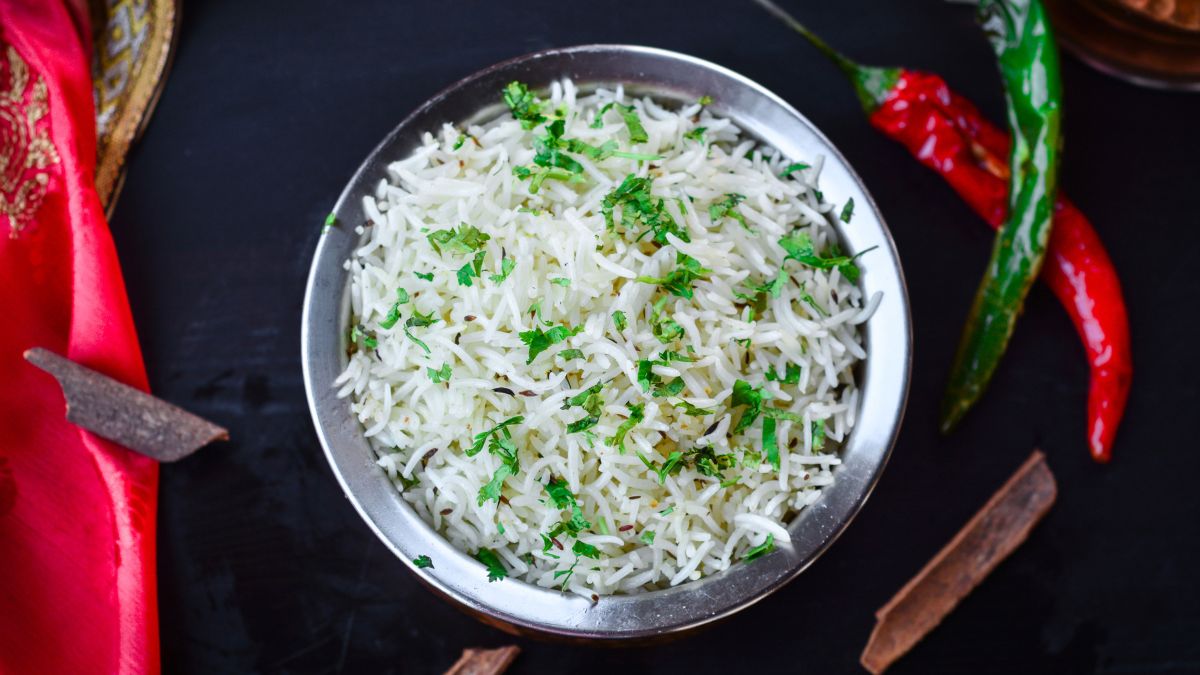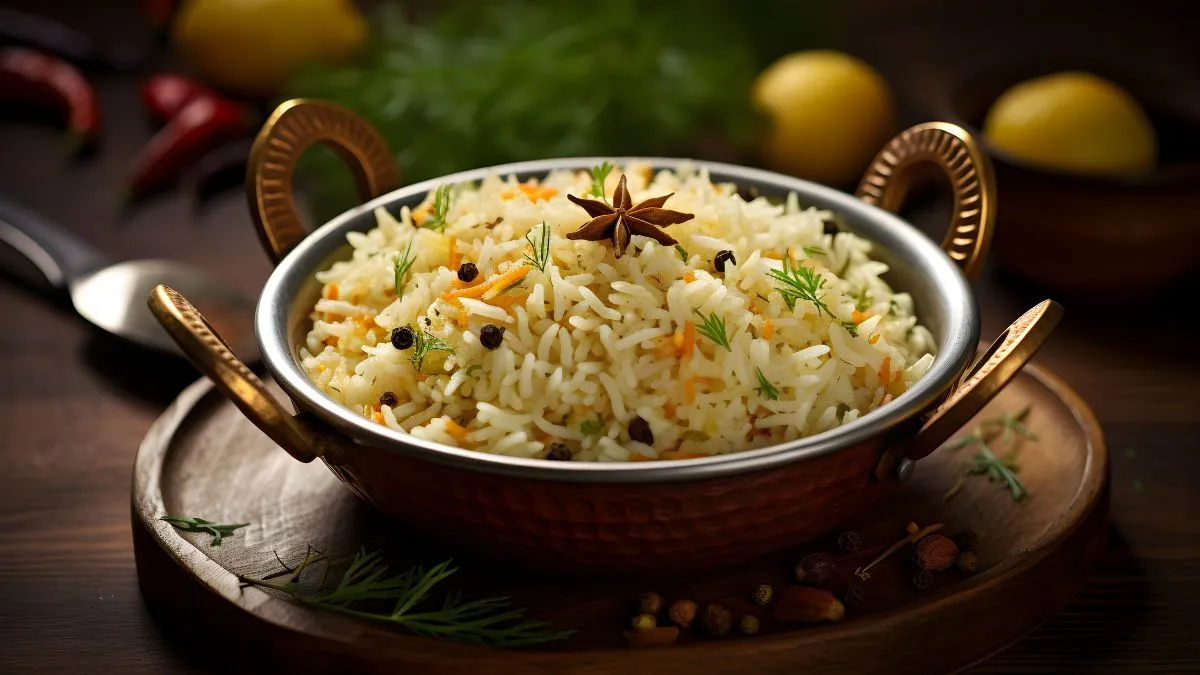Few kitchen mishaps are quite as frustrating as ending up with a pot of gloopy, clumped-together rice. Despite being one of the most common staples in homes across the globe, rice can be surprisingly temperamental. One minute it's simmering away peacefully, and the next, you're left with a stodgy mess better suited for wallpaper paste than your dinner plate. But fret not,cooking rice to fluffy perfection isn’t black magic. In this article, we’re dishing out five clever, tried-and-tested tricks that promise to keep your grains separate, soft, and far from sticky. Whether you're a novice in the kitchen or a seasoned home chef, these techniques might just change the way you cook rice forever.
5 Tricks To Cook Rice Without Making It Sticky
With a few precise tweaks and time-tested tricks, you can elevate your rice game like a seasoned pro.

1. Always Rinse Thoroughly
This is the golden rule. Rice grains are coated in excess surface starch which, when cooked, can act like glue and cause clumping. Rinse the rice under cold water 3–4 times (or until the water runs clear). For added precision, soak it for 15–20 minutes after rinsing. This not only helps remove starch but also allows the grains to expand evenly during cooking.
2. Use the Right Rice-to-Water Ratio
Over-watering is one of the most common reasons rice becomes sticky. The ideal ratio varies depending on the variety:
- Basmati Rice: 1 cup rice to 1.5 cups water
- Short Grain Rice: 1 cup rice to 2 cups water
Always follow the instructions on the packaging if available, and consider using a measuring cup to avoid guesswork.

3. Add a Few Drops of Oil or Ghee
A teaspoon of oil or a dollop of ghee added to the boiling water can help prevent grains from sticking. It creates a light coating around each grain, enhancing both texture and aroma. This is especially helpful when making pulao or jeera rice.
4. Do Not Stir While Cooking
Tempting as it may be, stirring rice during the cooking process disrupts the starch structure, which can make it sticky. Instead, bring your pot to a boil, then immediately cover it with a tight lid and lower the flame. Allow the rice to simmer gently—untouched—for the remaining cooking time.
5. Let It Rest After Cooking
Once the rice is done, don’t dive in just yet. Allow it to rest, covered, for 5–10 minutes. This resting time lets the steam redistribute, firming up the grains. Then, use a fork to gently fluff it up.
If you liked this story, then please share it. To read more such stories, stay connected to HerZindagi.
Image Credits: Canva

Take charge of your wellness journey—download the HerZindagi app for daily updates on fitness, beauty, and a healthy lifestyle!

Comments
All Comments (0)
Join the conversation